What is Asatru?
Also called, the " Religion of the Vikings ", it is a belief in European neo-paganism .
It is not Christianity, Buddhism or any other known religion. Indeed, Asatrù is quite mysterious, although increasingly popular. The objective being to revive the religious practice of the Germanic religion .
This religion draws its sources from very ancient Viking poems . We find, for example, the Völuspá, the Hávamál, the Poetic Edda and again the Edda of Snorri. All these stories tell us about Norse mythology , gods, beliefs, values and everything that can constitute the foundations of a religion.
The symbols of Asatrù are the Valknut , also called the Heart of Hrungnir or the Odinic Cross. We also find the Vegvisir and the Mjolnir as a symbol of importance.

Etymology of the word Asatrù
It would come from modern Icelandic . The word "Asatrù" means "Faith in the Ases", the Viking gods of the world of Asgard. The word is composed of "Ass" which refers to Ases and "Tru" which refers to faith and belief.
We can oppose this with the Vanatrù which, you guessed it, this time refers to the Vanes gods .
Asatrù is an ethnic religion which draws its sources from before the great monotheistic religions that we know.
> Join our Facebook group of Asatruars
History of the Viking Religion
The oldest traces of this religion date back to 3000 BC . It was in 829 that Harald 1st, King of Denmark at the time, pronounced " Forn Siðr " as the official religion. The Forn Siðr is translated as "the ancient practice". In other words, it is the ancestor of Asatrù .
In 1164 , this practice will be considered as folklore and no longer as a particular cult.
It was not until the 19th century that this religion was rediscovered via artistic works such as, for example, in Wagner's composition , " The Ride of the Valkyries ".
In 1974 , Icelandic Sveinbjörn Beinteinsson officially founded the Asatrù religion. 
Today, the number of members is estimated at 9 million worldwide (mainly in Scandinavia and the United States). They are called the " Asatruars ".
The Practical Guide to Asatrù
If you clicked on this article, it is mainly to know the foundations of this polytheistic Viking religion .
Note that the Asatuars do not distinguish between good and evil . Indeed, these notions are according to them to be taken in a context and therefore cannot be written as dogmas or as Christianity would do for example.
On the contrary, we will rather distinguish between Order and Chaos which are the two forces that govern the Nordic universe. Entrance to Valhalla (the Vikings' paradise) will be for those who are worthy and not necessarily those who are good and pure.
Here, then, is the red thread that makes up this religion.
The 9 Beliefs
Among the Asatruars, there are nine important beliefs, all of which have their source in Norse mythology. Here is the list of these :
- Belief in the Gods Ases
- Beliefs in Invisible Beings : Elves, Dwarfs, Valkyries, Jötunns,...
- Respect for Sacred Animals : Wolves, Crows, Wild Boars
- Belief in the 9 Viking Worlds and the Yggdrasil Tree
- Practice of Ancestor Worship
- Runic Study and Writing
- Belief in Sacred Symbols (stated above)
- Belief in a fusional Man-God relationship
- Belief in the power of the Nordic languages : Icelandic, Danish, Swedish, Old Norse (however, it is not necessary to know them to integrate the religion)
The 9 Virtues
In order to fully live religion, it offers us nine values to follow. The goal is not to apply them to the letter. Asatrù is above all a free religion . These are values to strive for and be inspired by.
- Courage
- The Truth
- Honor
- Loyalty
- Discipline
- Hospitality
- Self-confidence
- Vigor
- Perseverance
The 9 Vices
- Weakness
- Cowardice
- Guilt
- Shame
- Enslavement
- Alienation
- Dogmatism
- Sloth
- Universalism
The gods among the Asatruars
In this religion, the gods of the Norse pantheon are not considered superior beings. Above all, they are friends and companions who help us throughout our lives.
In addition, it is one of the few religions to promote equality between men and women . Indeed, the Asatuars attach importance to finding goddesses in the Viking pantheon.
To pray to the gods , it happens very differently from other religions. It is not about asking for forgiveness in the form of dogmatic prayers. But rather to honor the gods through rituals or meditation .
The Community today
The Viking religion today has many members throughout the world. Here is the list of countries that recognize this religion as official:
- Iceland
- Scandinavia
- Denmark
- Germany
- United Kingdom
- France
- UNITED STATES
- Spain
- China
- New Zealand
- Australia
- Canada
What are the benefits of Asatrù?
- The values of community and fraternity are very present.
- The importance of ancestors and family .
- Very open to the world and freedom . No need to have Scandinavian ancestors to convert to this religion.
- A love of nature put forward. It is a religion based on social and environmental ecology.
What books to deepen the Asatrù?
We recommend two books :
-
Edda by Snorri translated into French by Dillmann, Edda, Gallimard 1991
-
Rudolph Simek, Dictionary of Germano-Scandinavian Mythology , Ed. du Porte-Glaive, 1996
What is the difference between Odinism and Asatrù?
This is a question often asked. In reality, the line is very fine.
- Concerning Odinism, we speak more of a faith in Odin .
- Regarding Asatrù, this time we are talking about faith in all the Ases gods .
For people wishing to go further, we have created a Facebook group dedicated to the Viking community and people interested in Asatru. You're ost welcome!

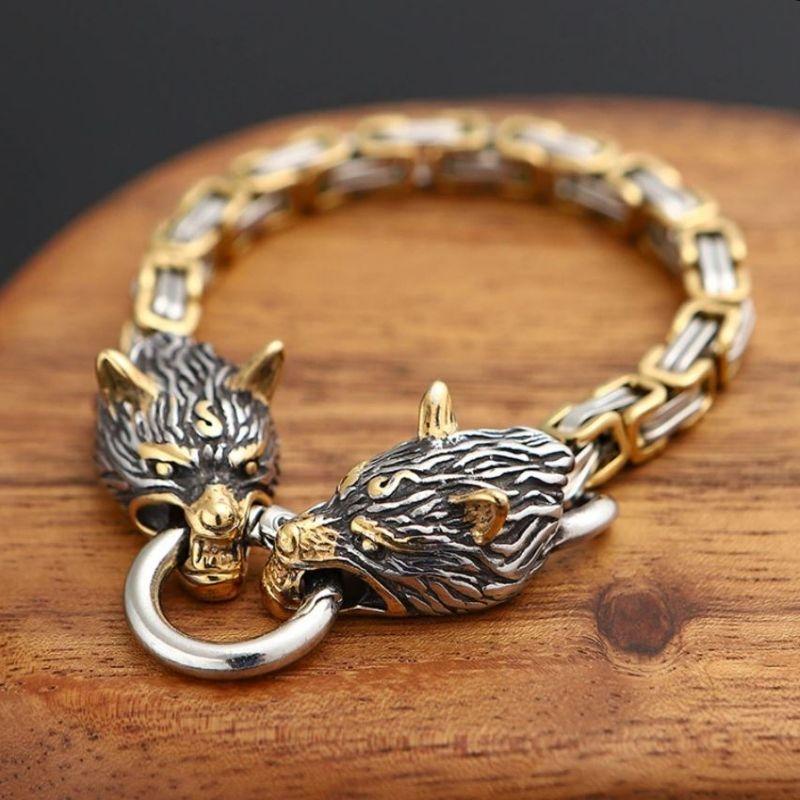
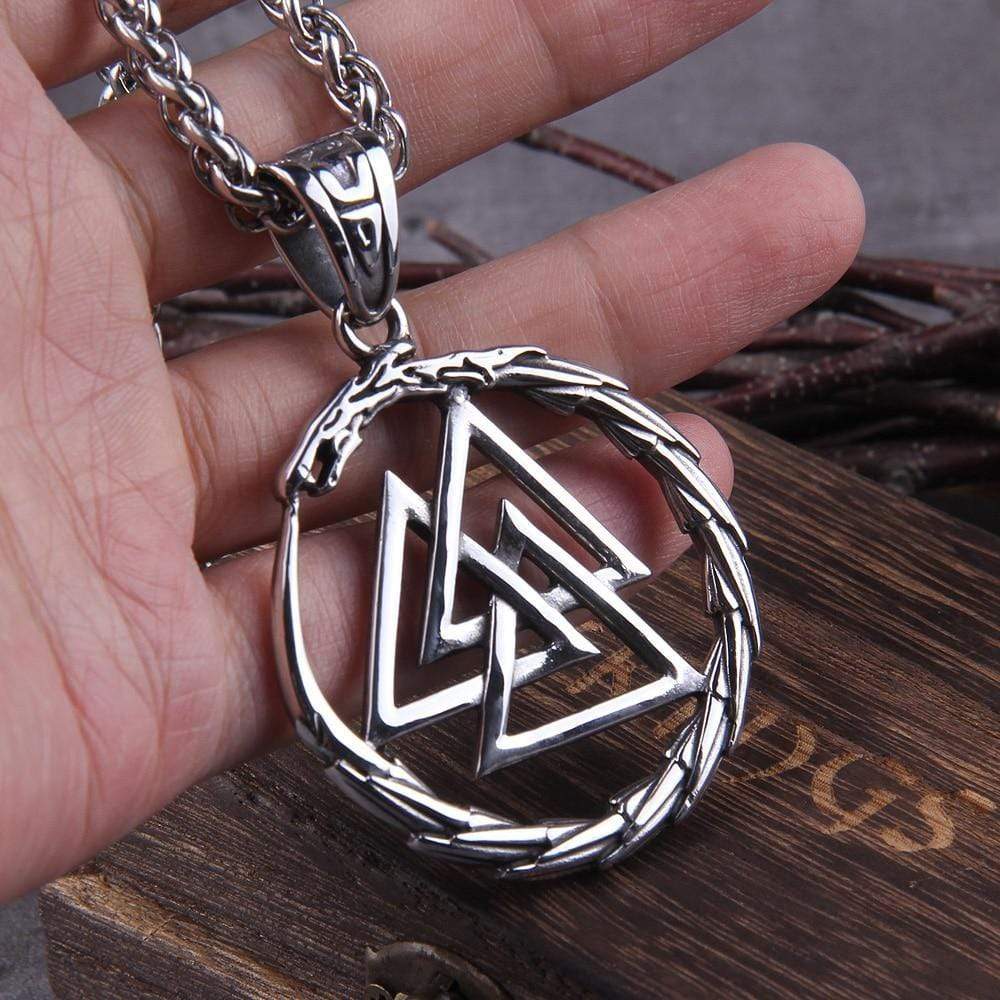
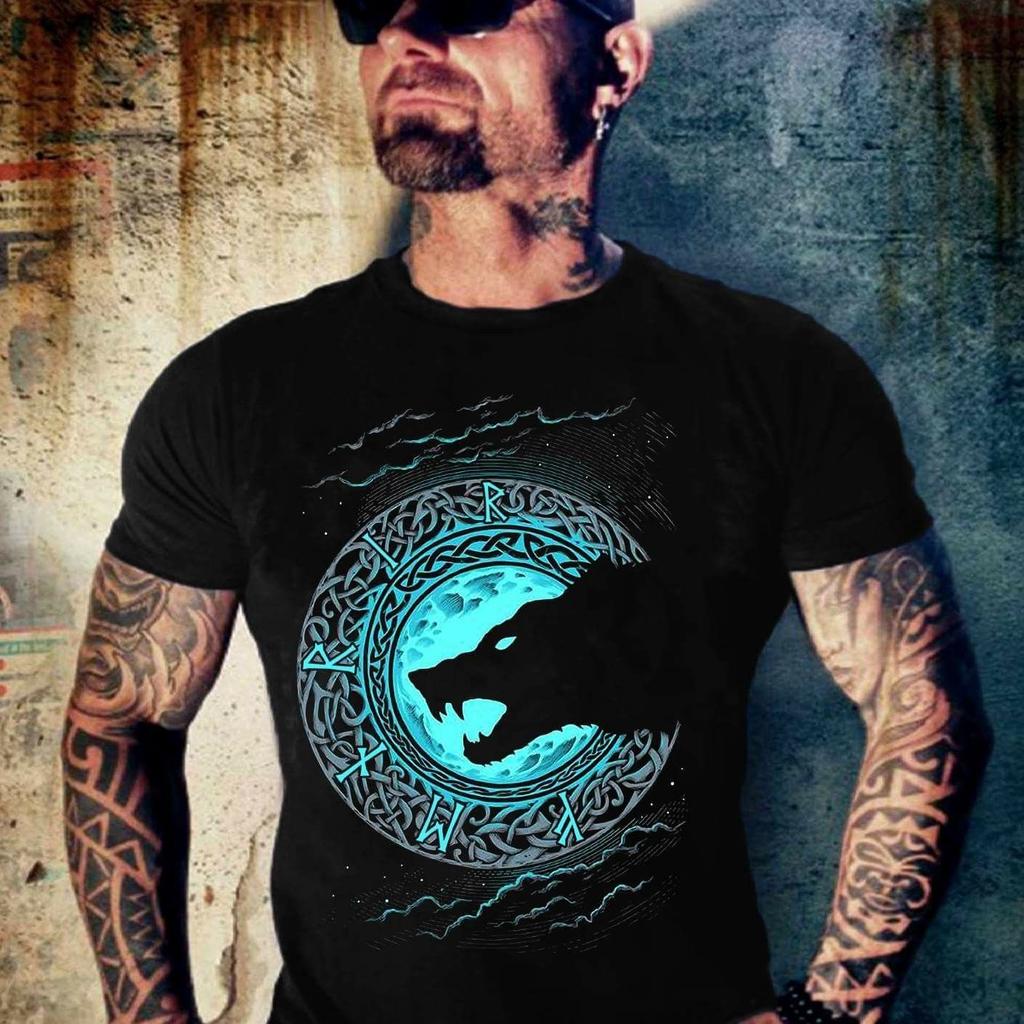
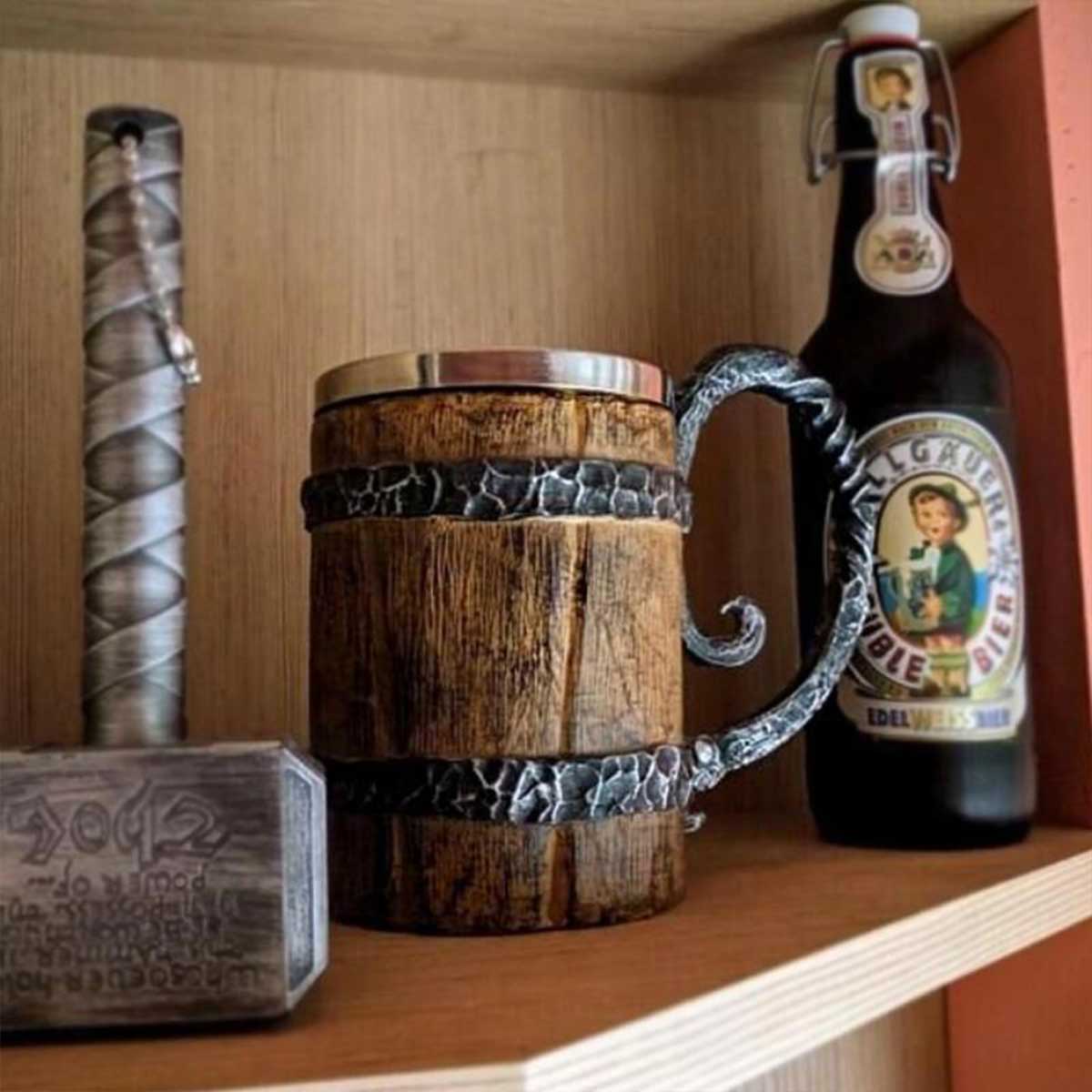
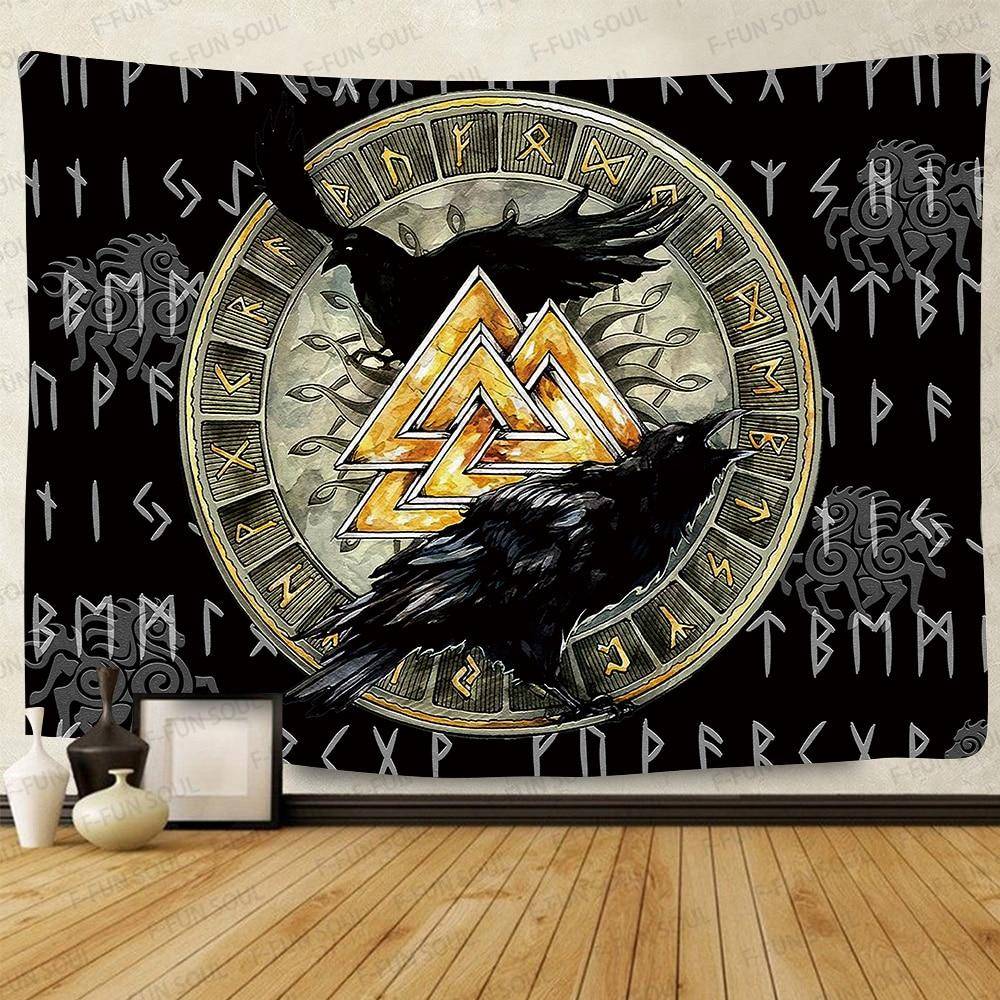
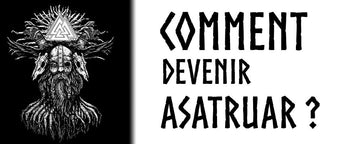


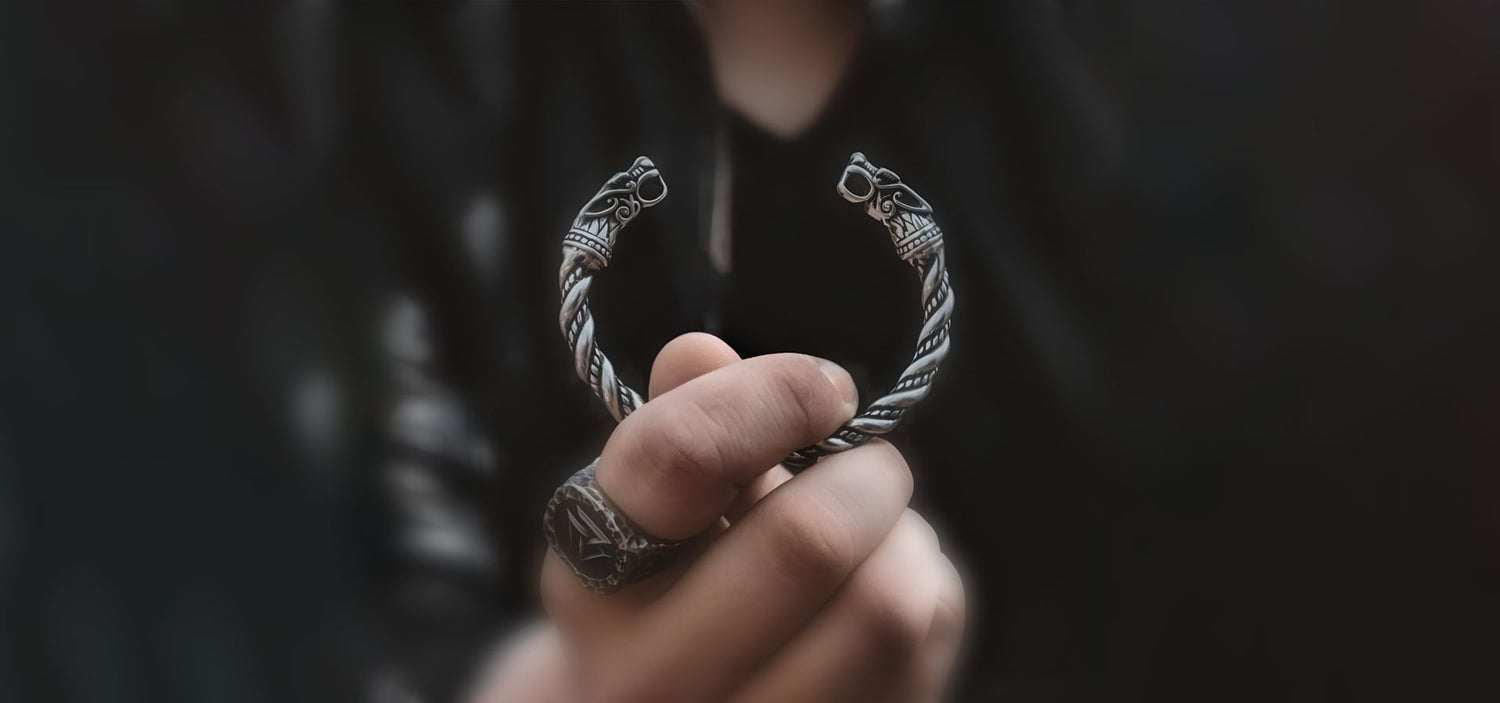
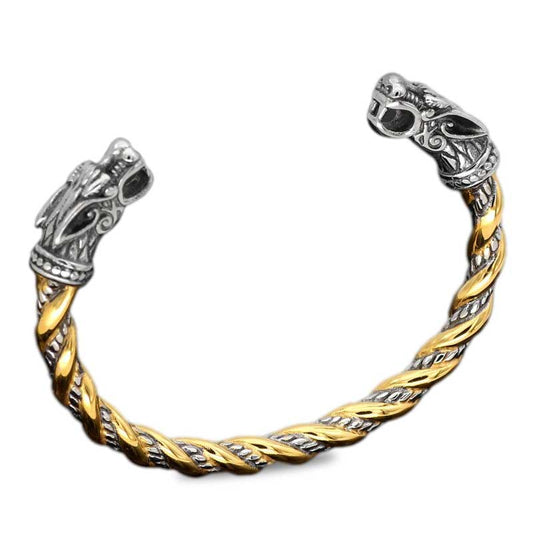
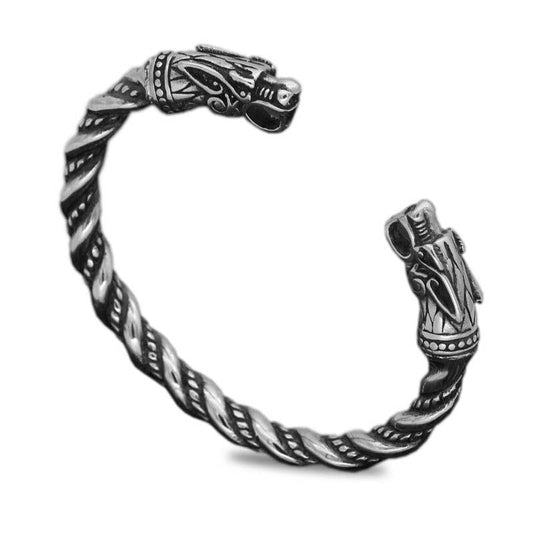
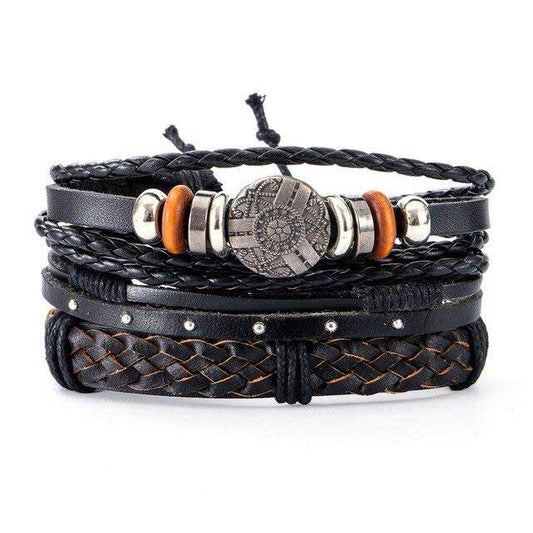

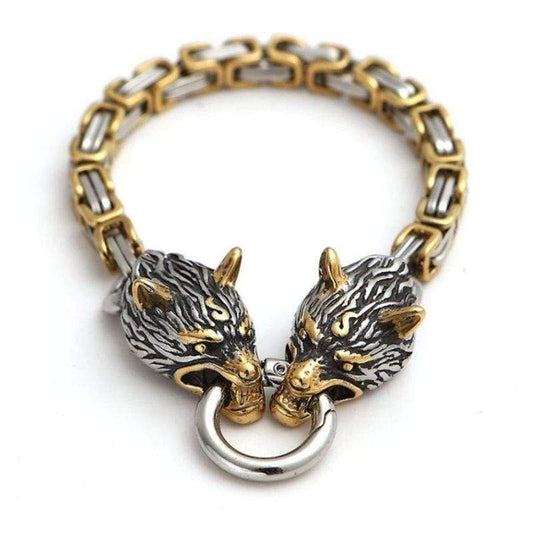
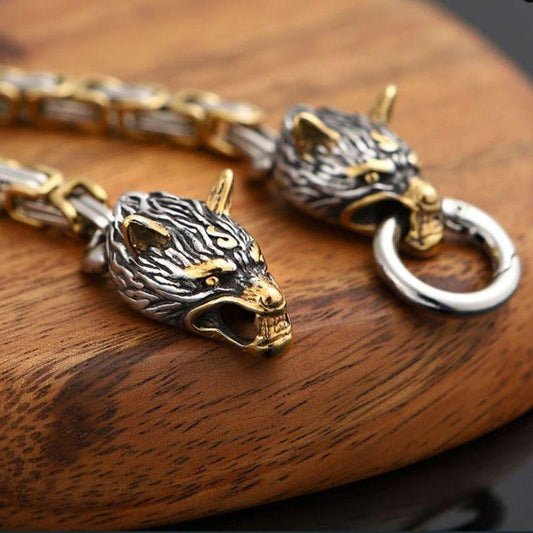
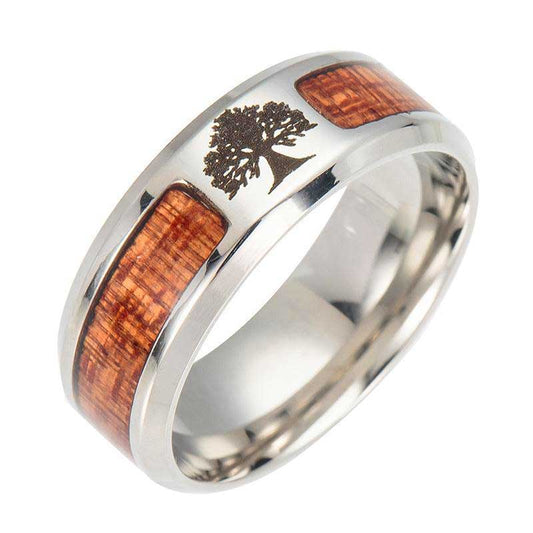
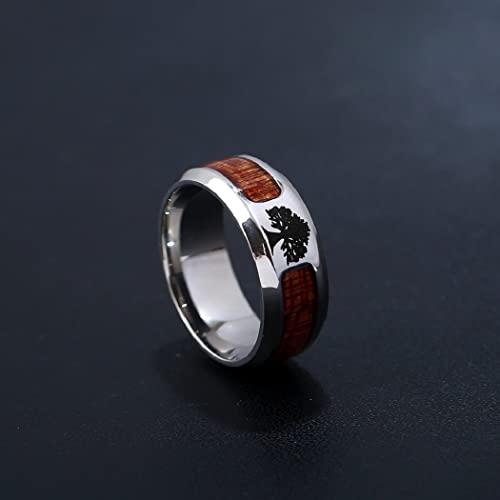
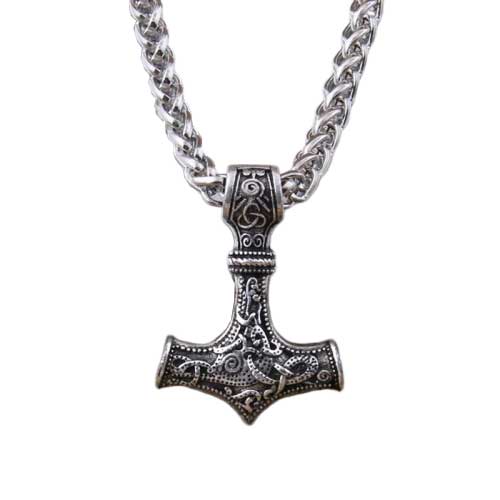
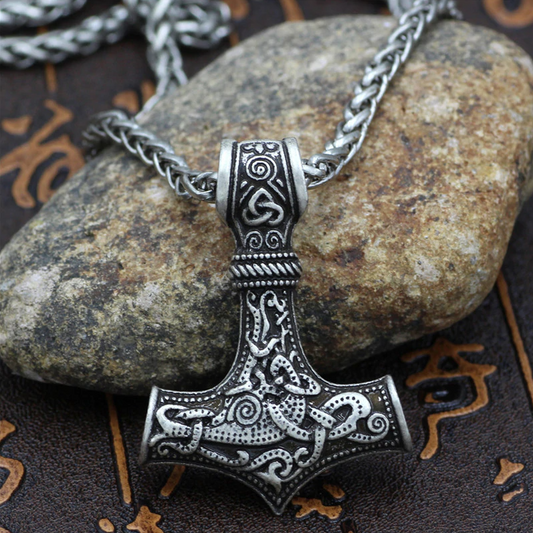
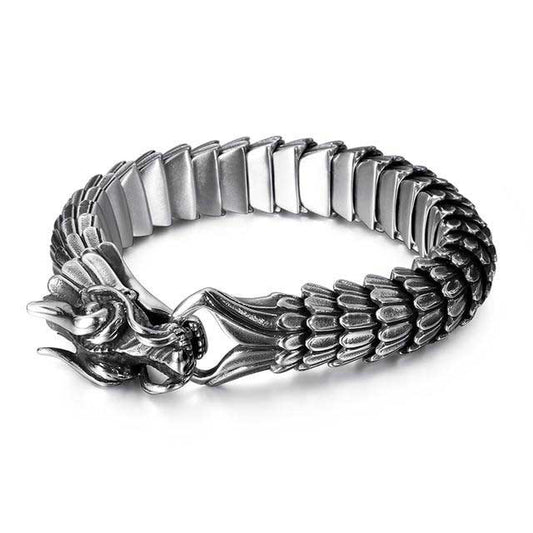
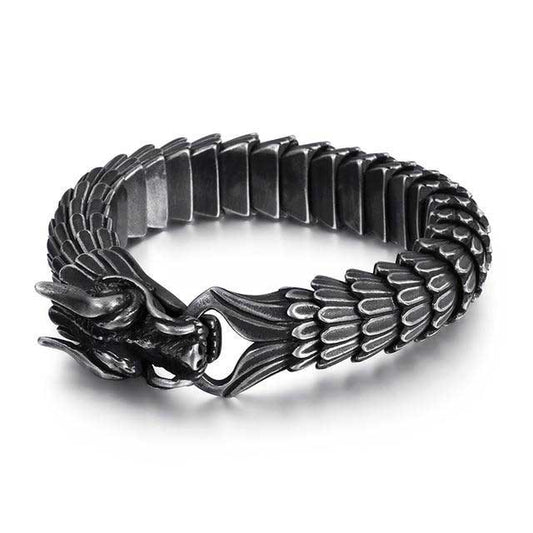
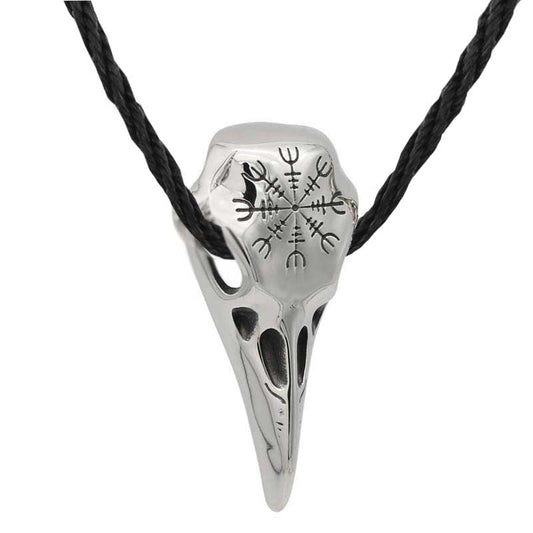
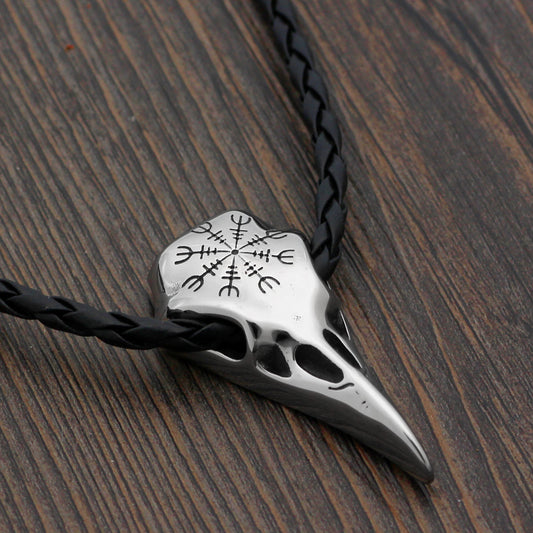
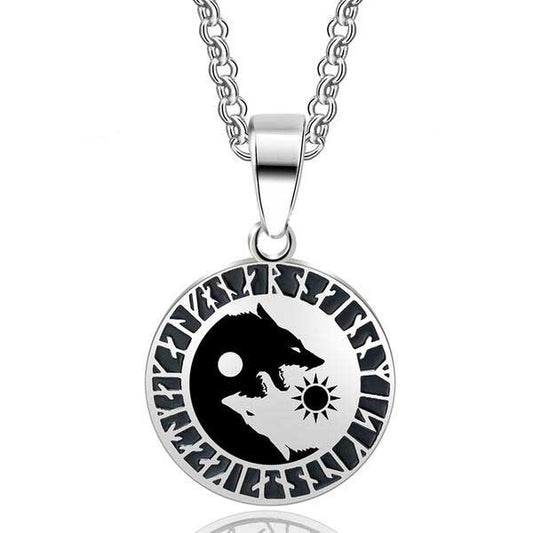
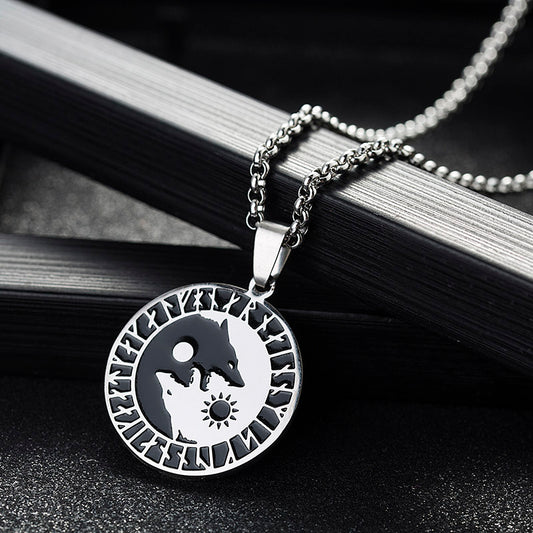
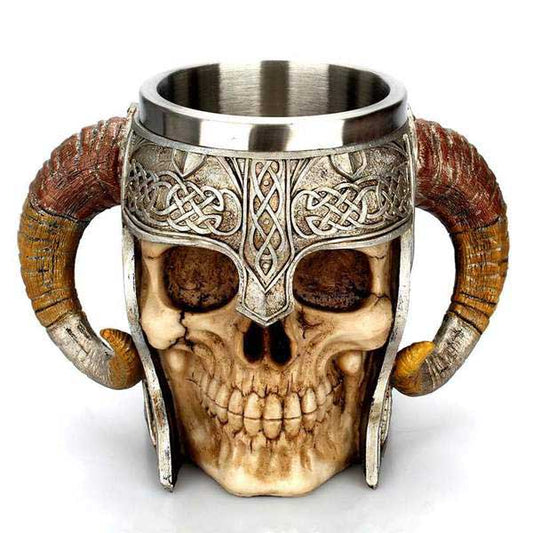
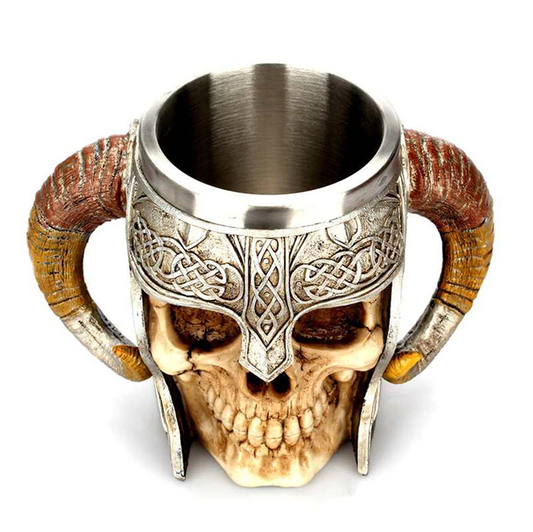
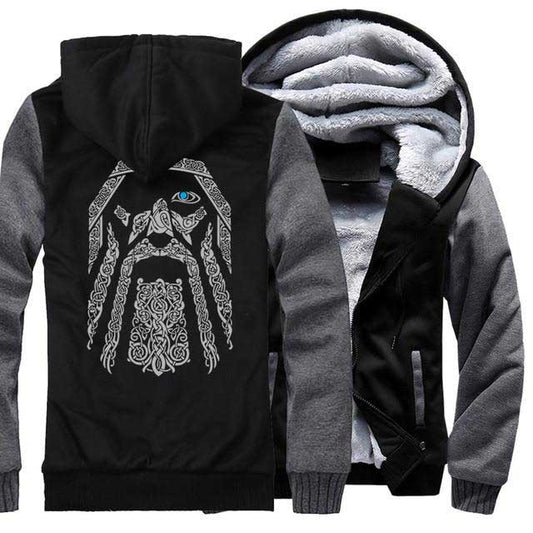
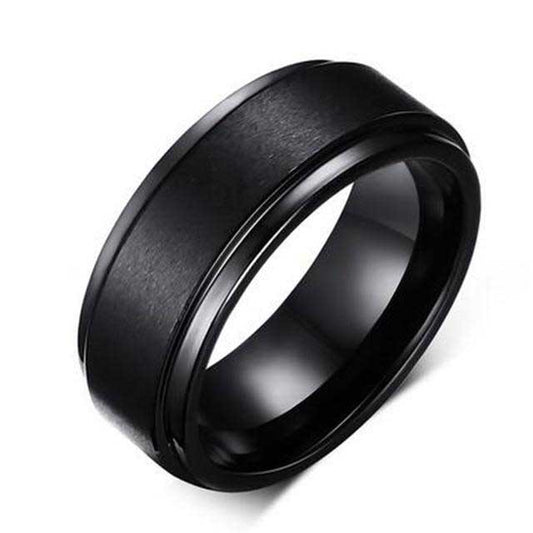
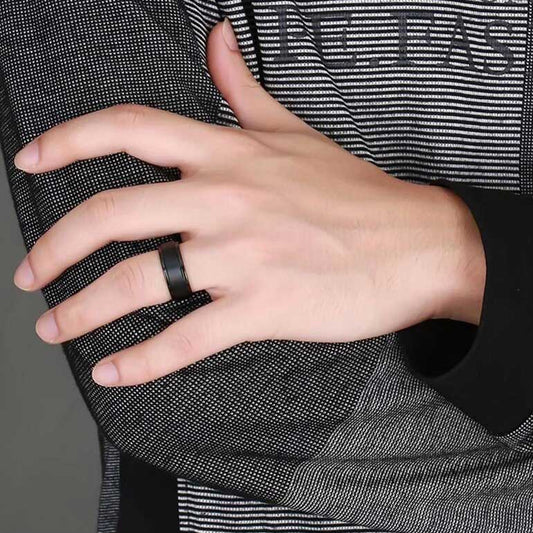
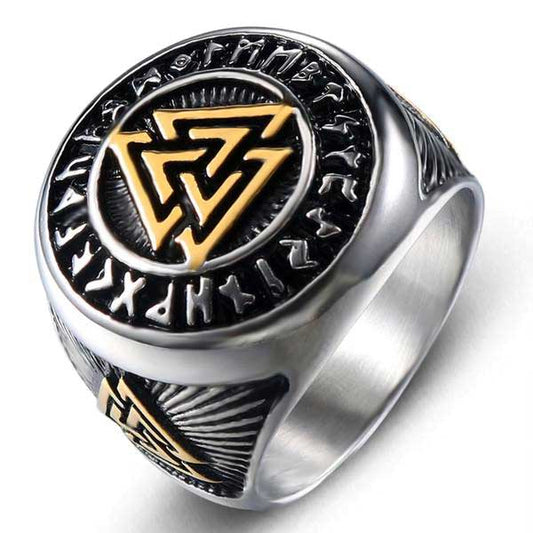
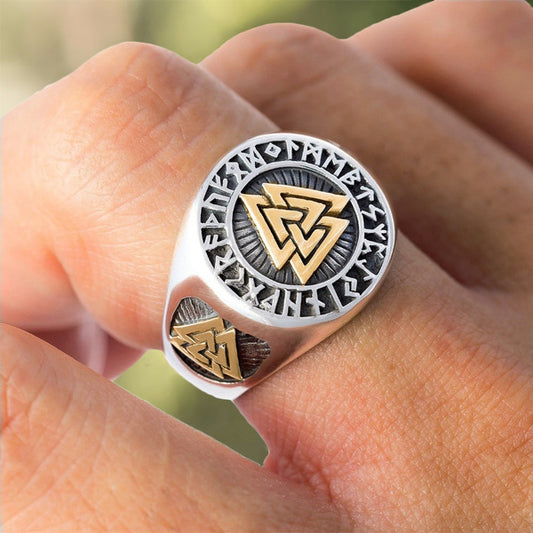







20 comments
Bonjour !
Je vais bientôt en Norvège et je voulais savoir s’il y avait un système de baptême par exemple ? Merci !
Je descend par ma mère d une des plus anciennes familles normandes les hervieu de senoville et j ai toujours en moi la croyance des dieux nordiques.
bonjour je voudrai devenir asatruar . y a t il un age particulier pour faire cette reconversions
Les guerriers se battant pour la gloire, la richesse, l’honneur iront au Valhalla. Ceux qui meurt en protégeant, se défendant, ou de vieillesse iront au vanaheim avec l’autre famille des dieux (nord,Frey,Freyja). Aujourd’hui on peut dire que cela oppose sans vraiment le faire ceux qui vont de l’avant dans la vie et provoquent le destin et ceux qui défendent leur position où protègent les leurs.
Le guerrier meurt avec sa hache ou Épée a la main donc aujourd’hui un peintre mourrant son pinceau a la main pourrait entrer au Valhalla. Notre outil est comme un gant, il est l’outil de matérialisation de notre volonté et fait donc partie de celui qui l’utilise.
Point commun avec les gens : la part des hommes est la chair et le muscle et celle des dieux est les os donc jette un os à ton chien et ce sera comme un sacrifice aux dieux. Du pain aux canards / cygnes ça compte aussi. La carcasse du poulet jetée en pleine forêt c’est bon aussi. Quand on dit sacrifice, il n’y a que les os de sacrifié, le reste est bouffé et l’a toujours été dans de grands gueulletons, même tout les 9 ans a Uppsala.
Si vous voulez d’autres précisions : francoislefebvre1990@gmail.fr
Hail Ødinn
Bonjour, un militaire qui ne meure pas au combat aura t il quand meme le droit au valholl si il s’est battu avec honneur pendant toute sa carriere ?